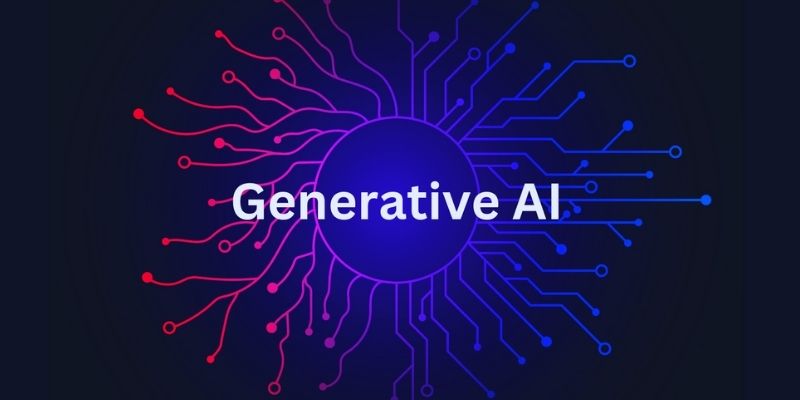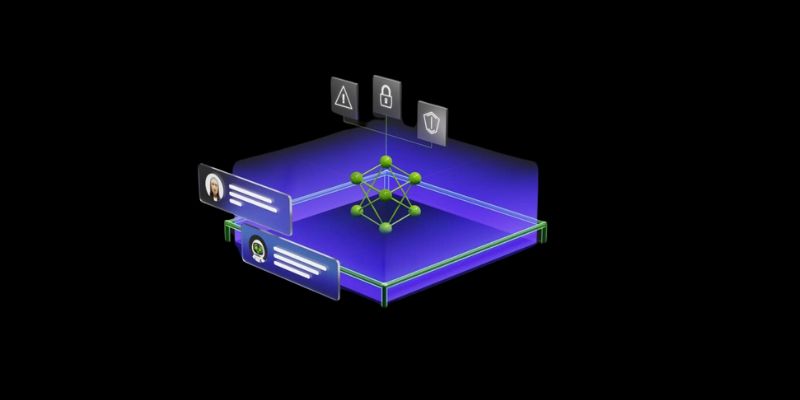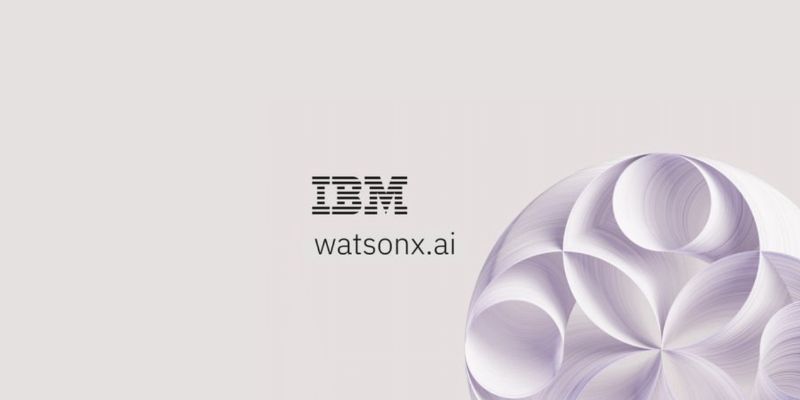Advertisement
As artificial intelligence continues to evolve, businesses are rapidly adapting their systems and workflows to keep pace with the advancements. However, integrating AI into an organization isn't as simple as flipping a switch—it requires a structured approach to change management to achieve success. In 2025, AI change management is not just about deploying technology; it's about guiding people, processes, and policies through intelligent transformation.
Without a proper strategy and checklist, businesses risk employee resistance, data chaos, or failed implementations. This article offers a complete guide to AI change management—starting with what it is, followed by real-world applications, and concluding with five proven strategies and checklists you can apply today.
AI change management refers to the structured approach businesses take to implement artificial intelligence tools and workflows into their operations. It combines traditional change management principles with AI-specific challenges, such as data readiness, workforce adaptation, ethical concerns, and integration into legacy systems. The goal is to minimize disruptions while maximizing the value of AI investments.
Whereas conventional change management focuses on software or policy transitions, AI introduces a unique level of complexity. It requires collaboration between data scientists, IT, HR, and executive leadership to align AI deployment with the company's goals and workforce capabilities.

These examples demonstrate that the impact of AI is profound and far-reaching, necessitating not only new tools but also new ways of thinking.
AI change management applies across various stages and functions within a business. Here are the key areas of application:
The scope is vast, and the more strategic the change process, the greater the chance of sustainable AI success.
Ensure that executive teams fully understand the goals and risks associated with AI projects. Leaders must champion AI adoption, allocate budgets, and foster a culture of innovation. This top-down support is essential for overcoming resistance and maintaining momentum. Without it, team alignment and resource allocation often fail to occur.
Include employees, IT teams, compliance officers, and customers from the start. Listening to concerns and clarifying AI's role reduces fear and improves user adoption. Transparency builds trust, especially when AI replaces or enhances human roles. Stakeholder input can also uncover hidden risks or technical gaps.
AI is only as smart as the data it consumes. Organizations must audit their existing data infrastructure to ensure quality, consistency, and accessibility. Clean data pipelines and compliance with data privacy laws are foundational to successful AI deployment. Also, identify siloed or outdated data repositories that require transformation.

Continuous education is key. Implement workshops, micro-learning, or AI simulations to upskill your workforce. Internal newsletters, dashboards, and town halls can track progress and reinforce the reasons behind the change. Training should be department-specific to address role-based AI usage and reduce miscommunication.
Start small with pilot projects to measure AI's performance and gather feedback. Once validated, scale with complete confidence. Build feedback loops that let you tweak algorithms, processes, and employee support based on outcomes. Regular reviews ensure performance aligns with evolving business goals.
AI change management isn't just a 2025 trend—it's a business necessity. Whether you're deploying AI to streamline operations or enhance customer service, success hinges on clear strategies and actionable checklists. From stakeholder alignment to data governance, every step matters.
With strong leadership and employee engagement, the transformation can drive long-term value rather than disruption. As AI continues to reshape industries, enterprises that manage change effectively will lead the way in innovation, efficiency, and trust. Now is the time to start planning your AI transition. Use these strategies and checklists as your roadmap for successful, scalable AI adoption in 2025.
Advertisement

Can AI really help a Formula One team build faster, smarter cars? With real-time data crunching, simulation, and design automation, teams are transforming racing—long before the track lights go green

An AI startup has raised $1.6 million in seed funding to expand its practical automation tools for businesses. Learn how this AI startup plans to make artificial intelligence simpler and more accessible

Learn how the healthcare, marketing, finance, and logistics industries apply generative AI to achieve their business goals

Nvidia NeMo Guardrails enhances AI chatbot safety by blocking bias, enforcing rules, and building user trust through control

How LLMs and BERT handle language tasks like sentiment analysis, content generation, and question answering. Learn where each model fits in modern language model applications

Watsonx AI bots help IBM Consulting deliver faster, scalable, and ethical generative AI solutions across global client projects

Explore the different Python exit commands including quit(), exit(), sys.exit(), and os._exit(), and learn when to use each method to terminate your program effectively

Get full control over Python outputs with this clear guide to mastering f-strings in Python. Learn formatting tricks, expressions, alignment, and more—all made simple

Can small AI agents understand what they see? Discover how adding vision transforms SmolAgents from scripted tools into adaptable systems that respond to real-world environments

Speed up your deep learning projects with NVIDIA DGX Cloud. Easily train models with H100 GPUs on NVIDIA DGX Cloud for faster, scalable AI development

How IonQ advances AI capabilities with quantum-enhanced applications, combining stable trapped-ion technology and machine learning to solve complex real-world problems efficiently

At CES 2025, Hyundai and Nvidia unveiled their AI Future Mobility Program, aiming to transform transportation with smarter, safer, and more adaptive vehicle technologies powered by advanced AI computing